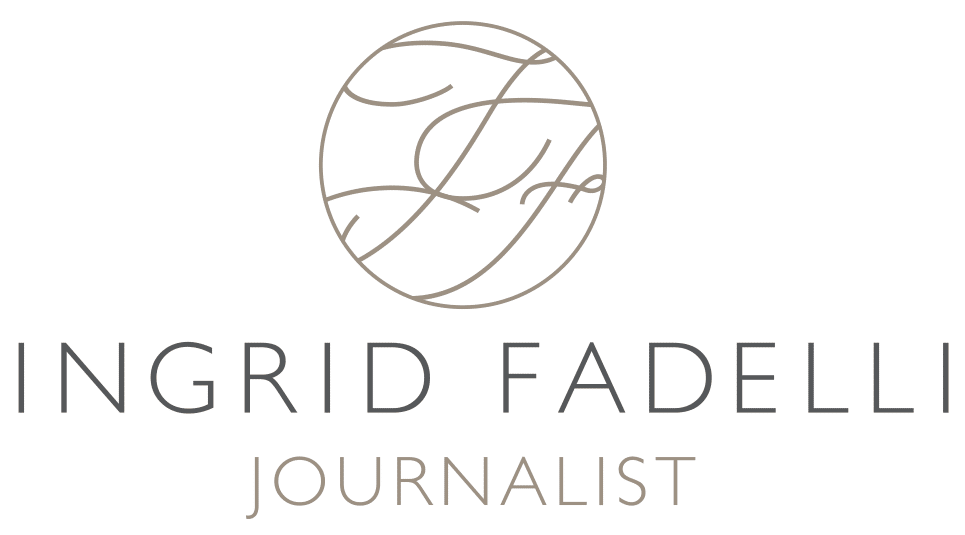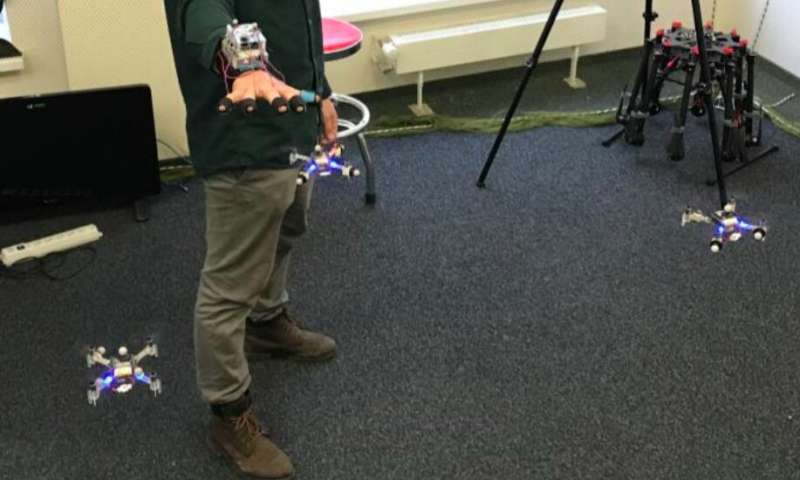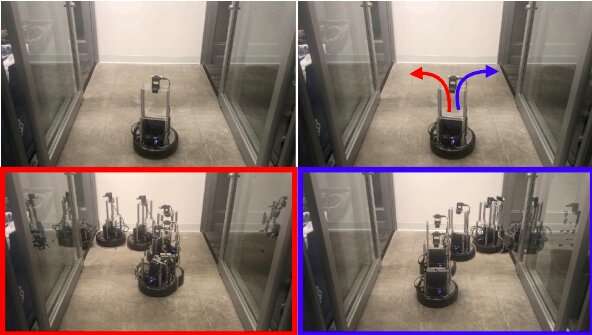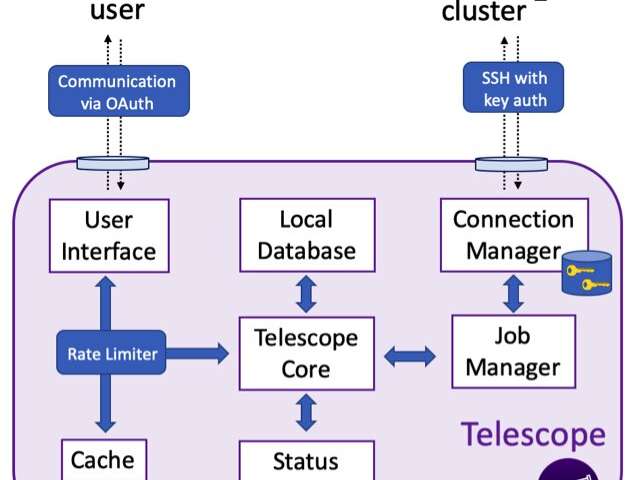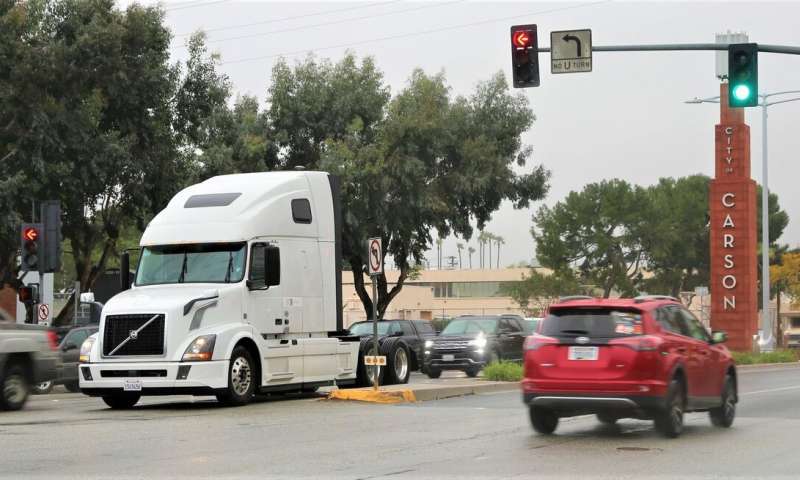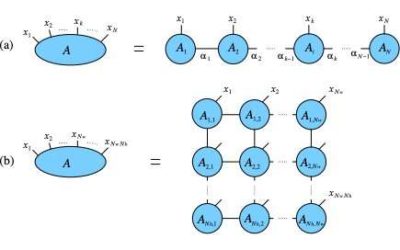Researchers at the Skolkovo Institute of Science and Technology (Skoltech) in Russia have recently introduced a new strategy to enhance interactions between humans and robotic swarms, called SwarmTouch. This strategy, presented in a paper pre-published on arXiv,...
TECHXPLORE
Teaching AI agents navigation subroutines by feeding them videos
Researchers at UC Berkeley and Facebook AI Research have recently proposed a new approach that can enhance the navigation skills of machine learning models. Their method, presented in a paper pre-published on arXiv, allows models to acquire visuo-motor navigation...
Telescope: a tool to manage bioinformatics analyses on mobile devices
A team of researchers at UCLA, the University of São Paulo, the Federal University of São Carlos and the University of Southern California has recently developed an interactive tool for managing large-scale bioinformatic analyses in real-time and from portable...
Testing a connected eco-driving system in field trials with heavy-duty trucks
Currently, 90 percent of fuel used for transportation is petroleum-based, making it one of the key contributors to air pollution worldwide. Recent technological advances, however, are finally enabling the development of new tools to reduce energy consumption and...
ShapeBots: a swarm of shape-shifting robots that visually display data
Researchers from the University of Colorado Boulder's ATLAS Institute have recently developed a swarm of little shape-changing robots, called ShapeBots. These self-transformable robots, presented in a paper pre-published on arXiv, can change both their individual and...
Simulating quantum many-body systems on Amazon Web Services
Quantum many-body systems (QMBs), which are physical systems made up of multiple interacting particles, are among the most challenging structures to reproduce in numerical simulations. In the past, researchers have attempted to simulate these systems using a variety...
Skinflow: A soft robotic skin based on liquid transmission
Researchers at the Bristol Robotics Laboratory and the University of Bristol have recently developed a new soft robotic skin-like sensor that is based on fluidic transmission. This sensor, presented at the second IEEE International Conference on Soft Robotics...
Researchers use computer vision to better understand optical illusions
Optical illusions, images that deceive the human eye, are a fascinating research topic, as studying them can provide valuable insight into human cognition and perception. Researchers at Flinders University, in Australia, have recently carried out a very interesting...
Solving a Rubik’s Cube with a dexterous hand
In recent years, a growing number of researchers have explored the use of robotic arms or dexterous hands to solve a variety of everyday tasks. While many of them have successfully tackled simple tasks, such as grasping or basic manipulation, complex tasks that...
PAL: A wearable system for context-aware health and cognition support
Researchers at MIT Media Lab have developed a wearable platform that provides real-time, personalized, and context-aware health and cognition support. Their system, called personalized active learner (PAL), was presented in a paper pre-published on arXiv.
